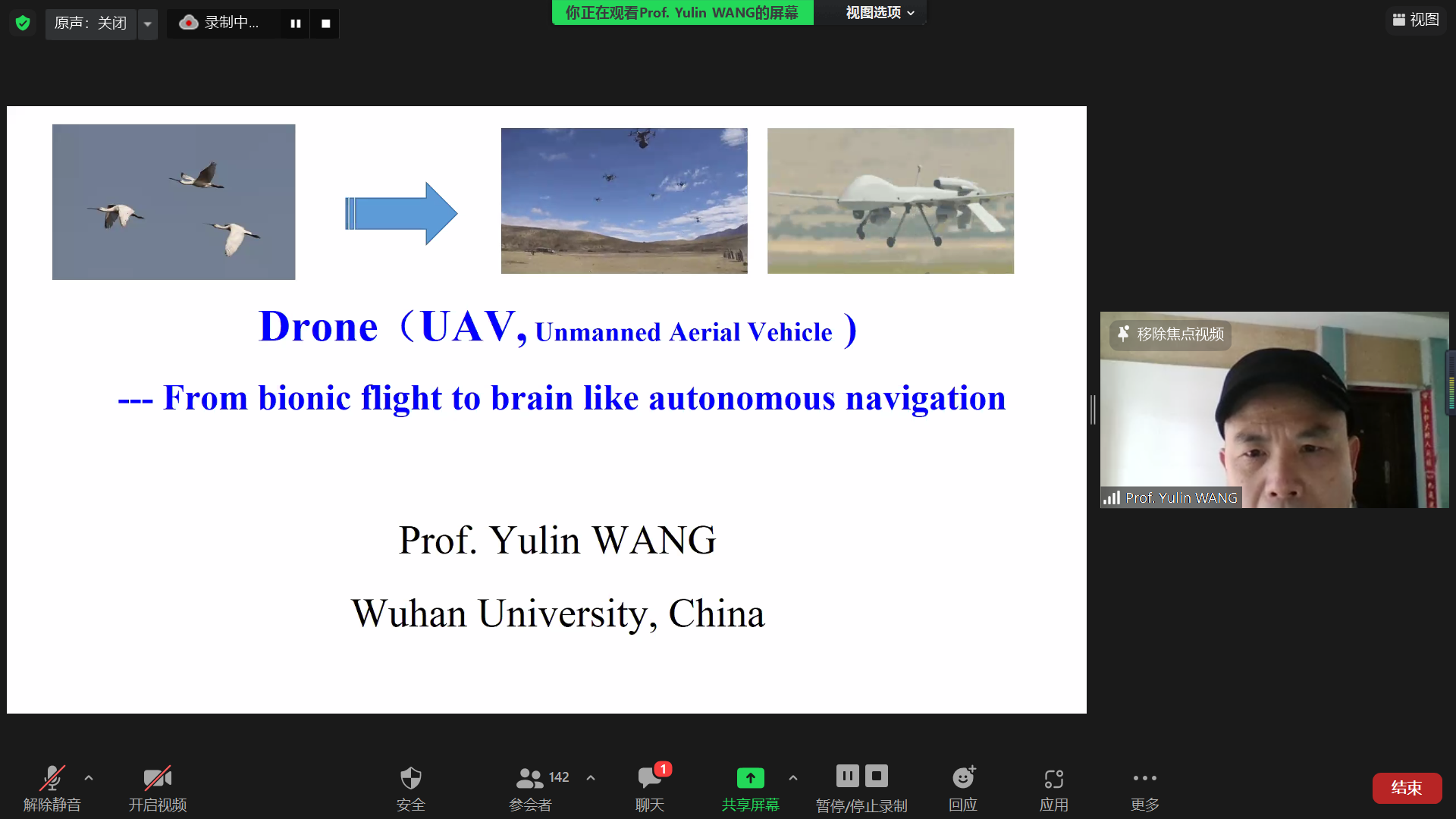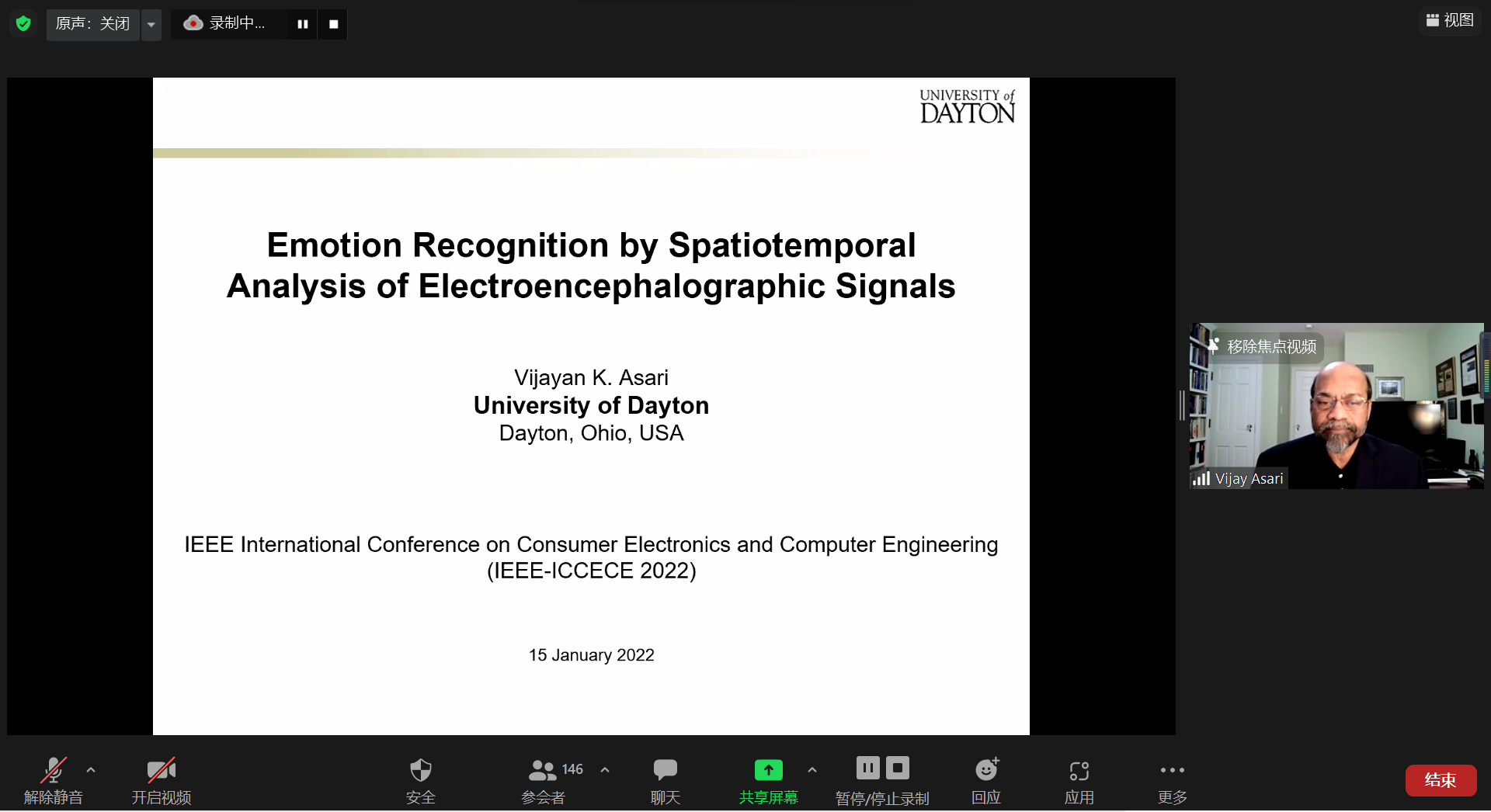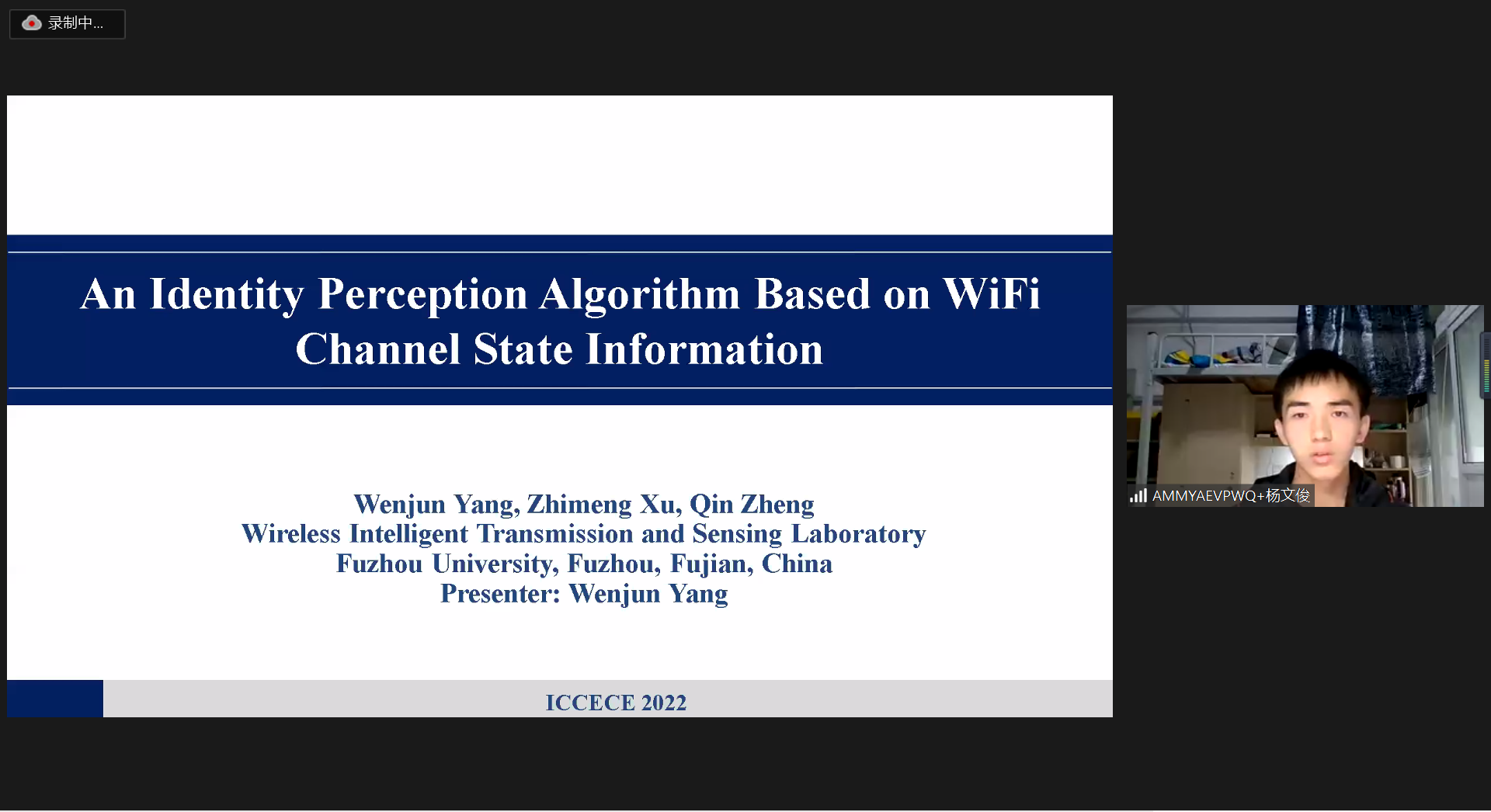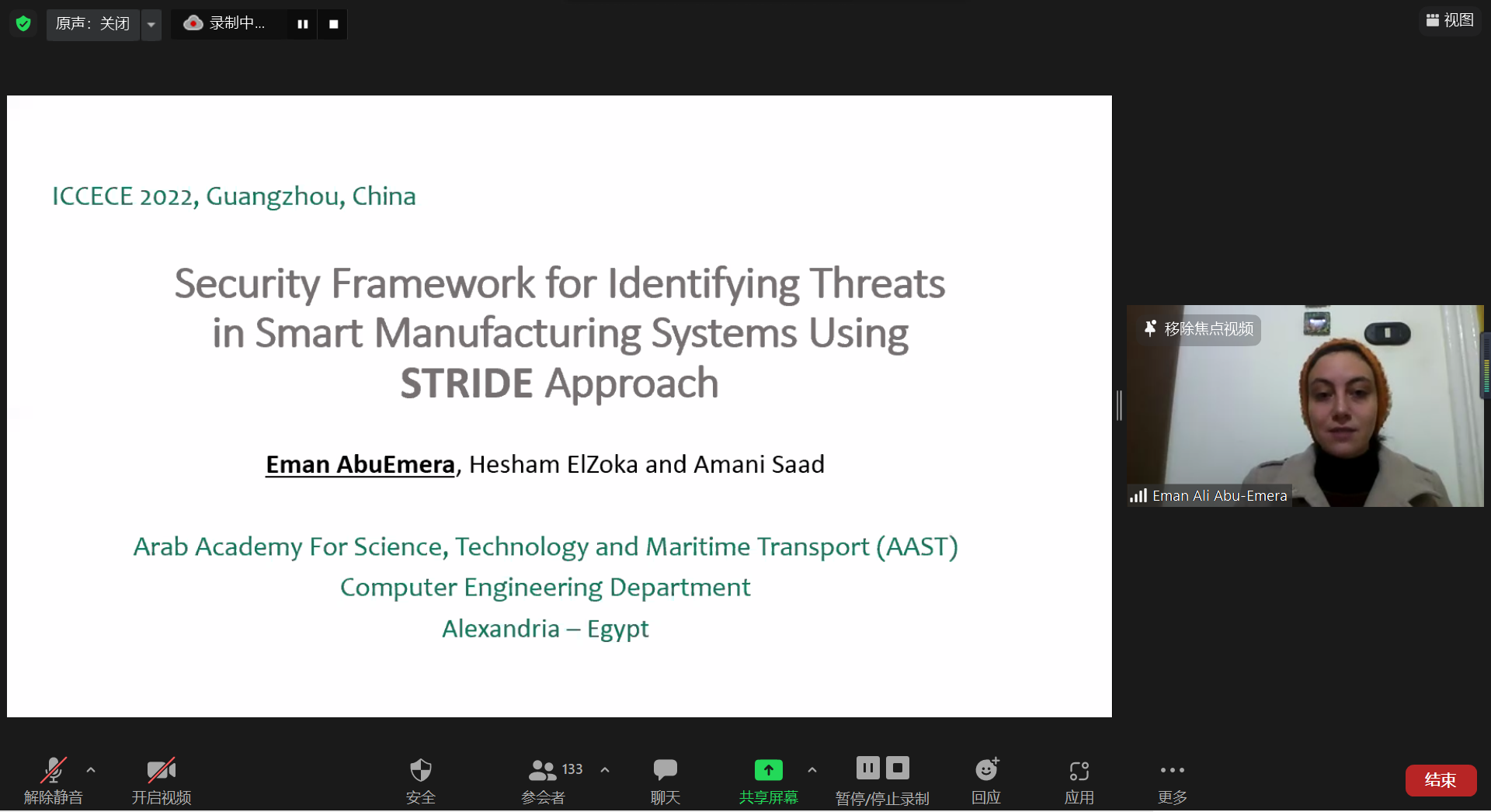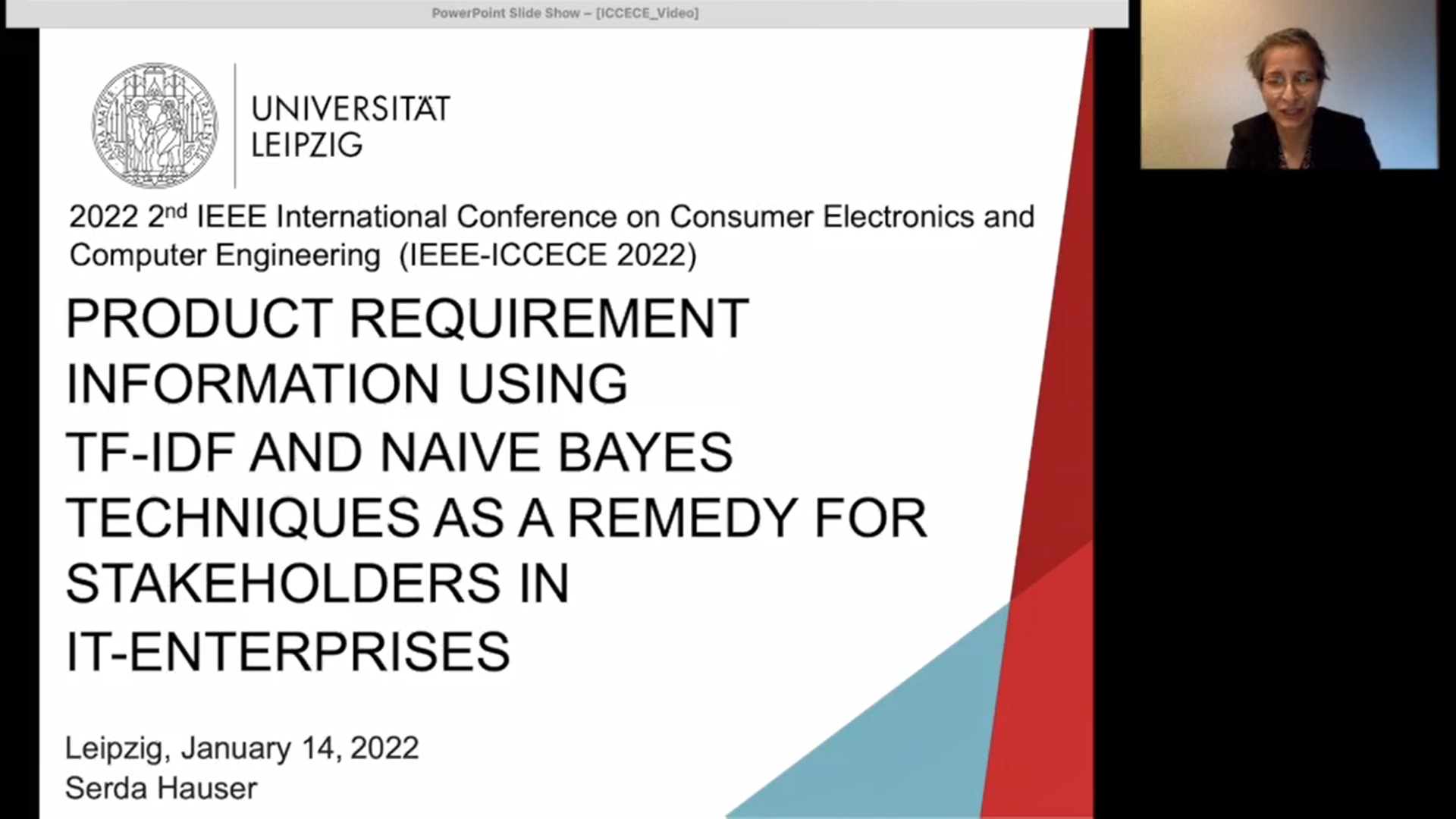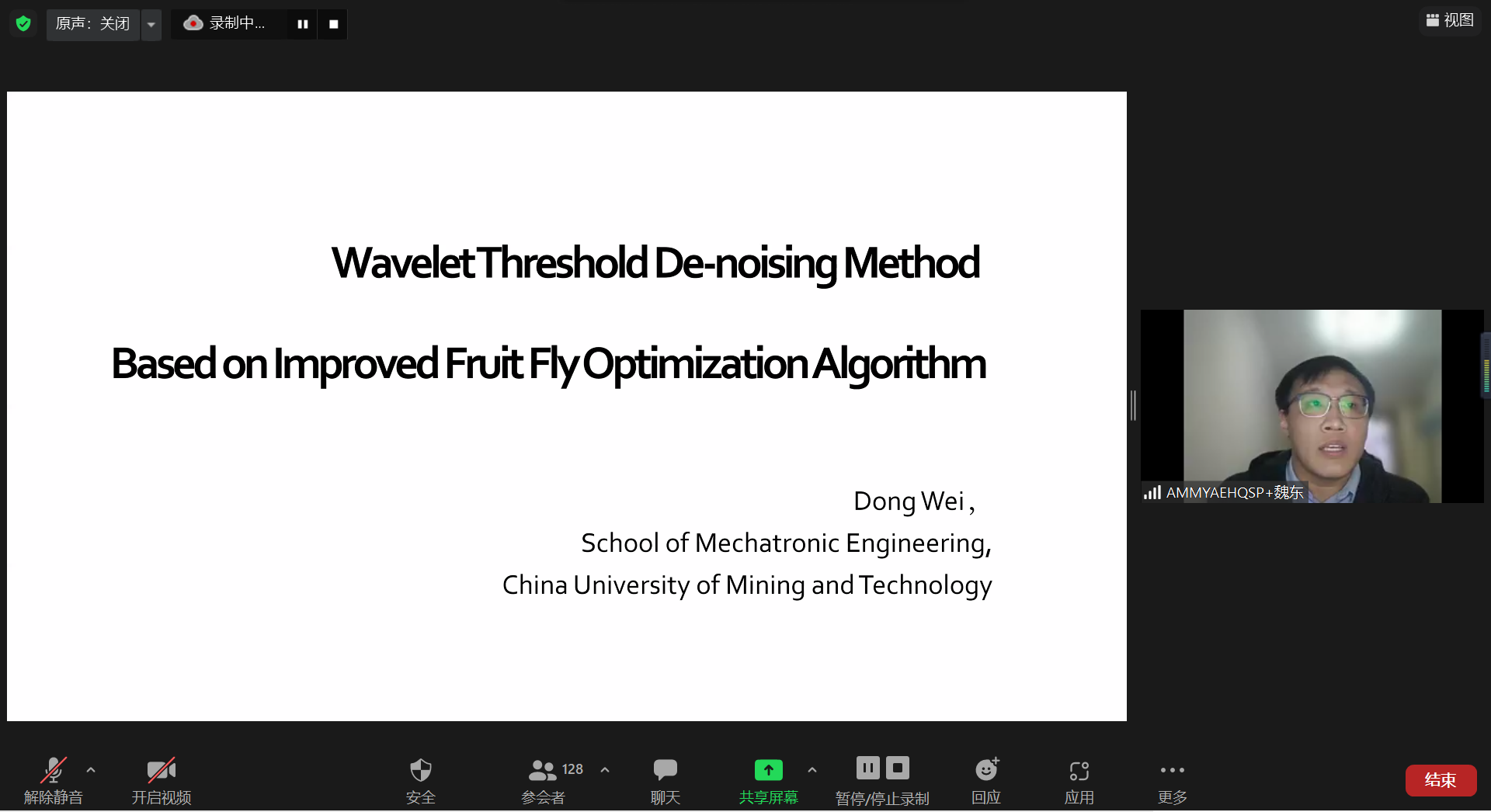
HISTORY |
2022 2nd IEEE International Conference on Consumer Electronics and Computer Engineering (IEEE-ICCECE 2022) has been successfully held on January 14-16, 2022, in Guangzhou, China.
There were about 200 delegates attended the offline and online conference, several experts in related fields were invited to give keynote speeches. The in-depth discussions among the attendees effectively advanced the academic exchange.
| Group Photo |
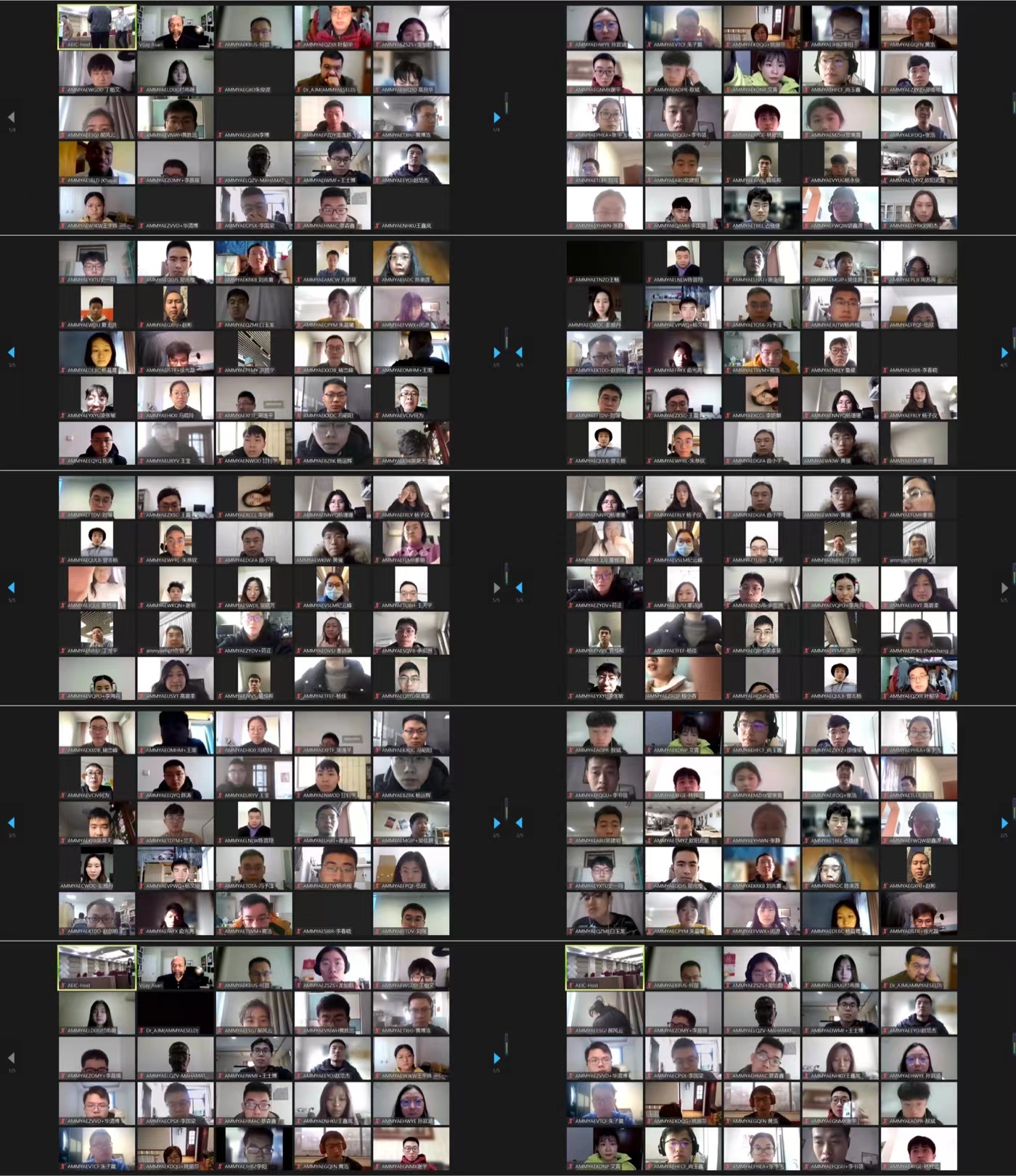
At the same time, We have invited 4 respectable professors to deliver an unusual keynote addresses at the plenary meeting, consisting of Prof. Daowen Qiu (Sun Yat-sen University, China), Prof. Jinming Wen, (Jinan University, China), Prof. Vijayan K. Asari(University of Dayton, USA), Prof. Yulin Wang(Wuhan University, China).
| Keynote Speakers | |
1. Prof. Daowen Qiu | Title: Distributed quantum computing (DQC) Abstract: It is almost 1000 logical qubits for a quantum computer to be used in practice, but this is very difficult nowadays. However, distributed quantum computing (DQC) is likely an important way to overcome this difficult in a way. In QDC, a complex problem is divided into mul-ti-problems, and then multi-quantum processors solve each problem, respectively (they may have entanglement or be separately), and con-nected with networks. Such a efficiency equals a large-scale quantum computer. In this talk, we introduce a number of models of DQC and show their advantages by means of concrete examples. In particular, we introduce quantum phase estimation by using QDC since this result has been realized physically well. |
2. Prof. Jinming Wen | Title: Binary Sparse Signal Recovery with Binary Matching Pursuit Abstract: In numerous applications from communications and signal processing, we often need to acquire a $K$-sparse binary signal from sparse noisy linear measurements. In this talk, we first develop an algorithm called Binary Matching Pursuit (BMP) to recover the $K$-sparse binary signal. According to whether the residual vector is explicitly formed or not at each iteration, we develop two implementations of BMP which are respectively called explicit BMP and implicit BMP. We then analyze their complexities and show that, compared to the Batch-OMP, which is the fastest implementation of OMP, the improvements of the explicit and implicit BMP}algorithms are respectively $n/(2K)$ and $K$ times when some quantities are pre-computed. Finally, we provide sharp sufficient conditions of stable recovery of the support of the sparse signal using mutual coherence and restricted isometry property of the sensing matrix. |
3. Prof. Yulin Wang | Title: Drone(UAV): from bionic flight to brain like autonomous navigation, Abstract: Animals have strong individual and group navigation ability, which can realize the direct output from the original perceptual information input to the accurate, reliable and flexible navigation action. This end-to-end intelligent behavior has always been one of the focuses in the field of artificial intelligence (AI). In recent years, with the development of brain and neuroscience, researchers have gradually revealed the brain navigation mechanism of insects, mammals and their groups. Inspired by their navigation mechanisms, a new bionic navigation technology "brain like navigation" has been greatly developed with intelligent algorithms and computing power, showing the characteristics of autonomous environment perception, spatial cognition, intelligent navigation. The integrated intelligent computing capability of target oriented navigation (path planning and action decision) has great application potential in autonomous intelligent unmanned system. With low-cost navigation equipment, accurate navigation can be achieved. Perception and navigation information can generate action decisions in time and respond quickly to complex external environment and dense cluster. Through the navigation information interaction of a small number of UAVs, the ability of the whole cluster navigation can be realized, and a new cluster navigation method with strong robustness, accuracy, real-time response action, strong intelligence and small amount of calculation can be adapted to the complex flight environment of UAV cluster. Brain like navigation technology has a close agreement with the requirements of robustness, accuracy, real-time response, intelligence and computational efficiency of cluster navigation. It is a new idea and way to realize the requirements of UAV intensive cluster navigation, such as strong robustness, accuracy, real-time response, intelligence and small amount of computation. |
4. Prof. Vijayan K. Asari | Title: Emotion Recognition by Spatiotemporal Analysis of Electroencephalo-graphic Signals |
| Oral Speakers | |
1. Wenjun Yang |
2. Guangliang Yu |
3. Eman A. AbuEmera |
4. Serda Hauser |
5. Sithembiso Khaya Sambo |
6. Mingliang Hu |
7. Dong Wei | |
AEIC as the organizer has taken practical actions to facilitate the conference. In the future, AEIC will continue to adhere to the spirit of “professionalism, dedication and concentration” and keep delivering high-quality academic exchange activities to enhance collaborative research and engagement.
| Publication of IEEE-ICCECE 2022 (History) |
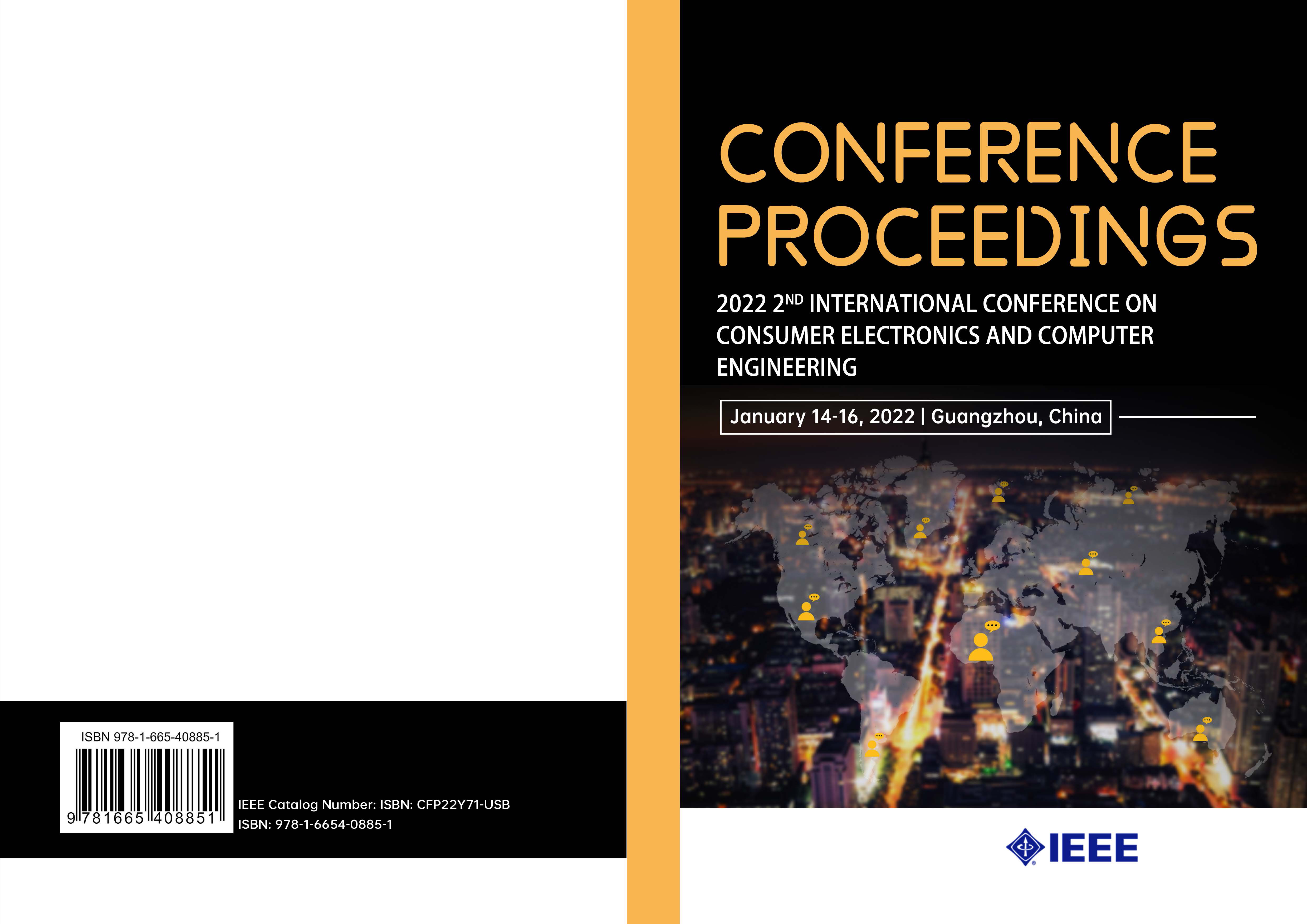 | IEEE-ICCECE 2022 (ISBN: 978-1-6654-0885-1) | Issued date: Feb 24, 2021 |
